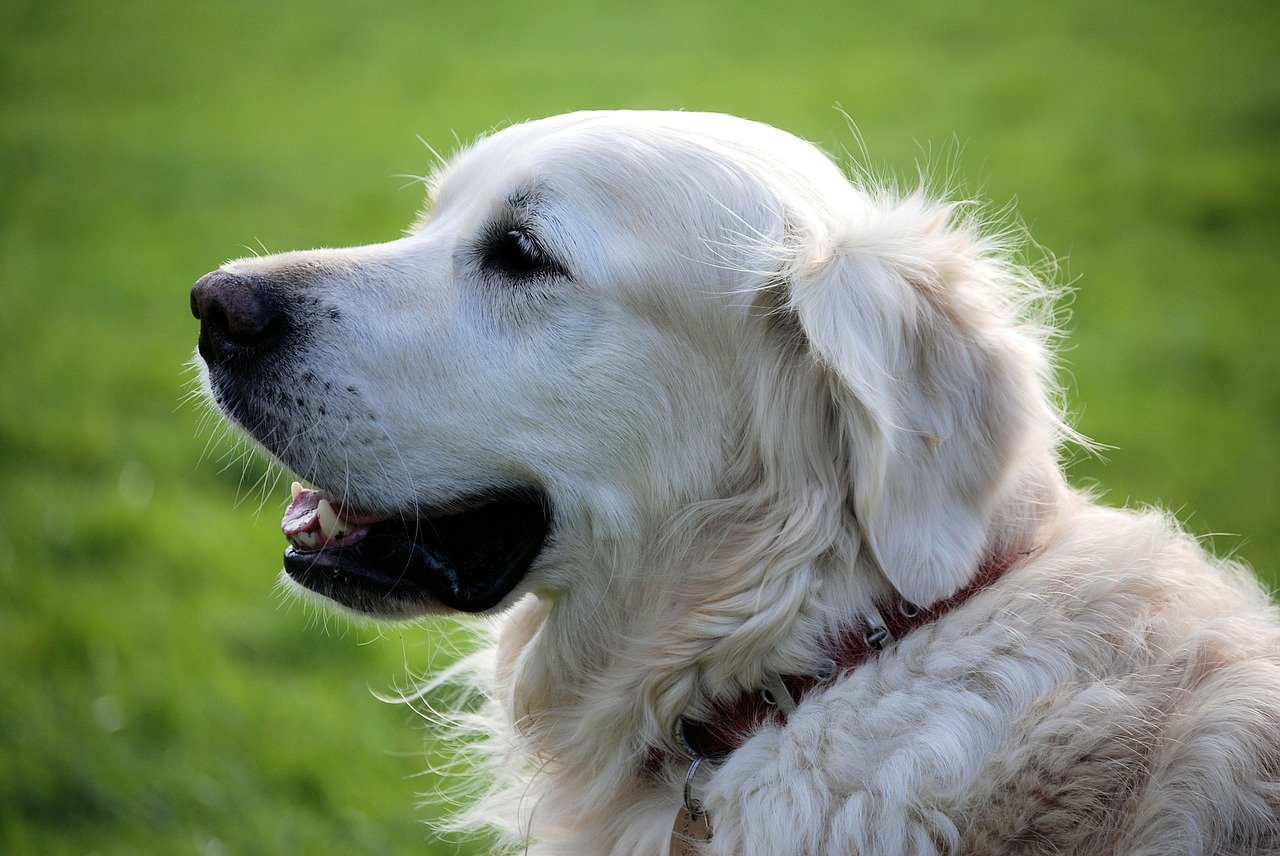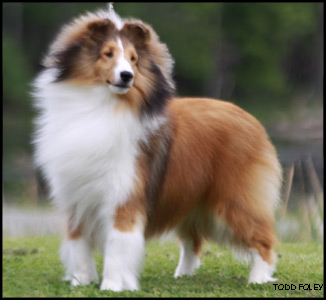HOME
WHO WE ARE
We are Todd & Allison Foley of TG Shelties and Beagles. We breed Beagles occassionally and co-breed Shelties with Karen & Bob Henley of Shelhaven Shelties of Upper Rawdon, NS. As you will see from our website, our main focus is on showing our dogs in the conformation show ring and over the years we have been quite successful in the ring. Allison shows dogs professionaly, competing all over North America, including Westminster, Show of Shows, Purina National and the Eukanuba Invitational. We do have Beagle puppies available to pet homes on occassion.

A Guide For Finding Your Lost Dogs
FIRST RESPONSE:
You will find your dog. Never give up!!!!!
Most importantly, keep a clear head even though you are probably as panic stricken as you have ever been. You need a plan and follow it through.
Immediately search area of where dog went missing for at least 15 minutes to one half hour. It would be good to get a general idea of which direction the dog was heading.
If he fled from his own yard, leave the gate open and put his crate out in the yard with food and water in it.
Call or get a hold of as many people (maybe neighbours, friends, family relatives, the Breeder) as possible, to help in the search party for at least a few hours or until dark.
Search in an area of 2 square miles (TARGET ZONE) from where the dog was last seen or lost. If in a rural area, this area may span to about five square miles but usually does not.
If possible, obtain a cellular phone. Give all the members of the search party your number. If you are unable to obtain a cellular phone, make sure someone is home to receive messages and that they get them to you. If you have no one at home and have an answering machine, turn it on. Change your message to, asking for information on your lost dog.

Instruct search party to not chase the dog but to only notify you when the dog is seen.
If you see the dog, do not yell out his name or try and chase him or he’ll be gone like the wind. Sit down calmly on the ground, like you are wanting him to play or like you are feeding him, calling his name gently or using some key fun words that he is used to when you are having fun with him. He may come to you but may not. Trust me, your first instinct is to scream out his name and go tearing after him. This won’t work.
Lost Shelties are in “flight” mode. If you think they will come to you when you call them you may be fooling yourself. They don’t wait to see who it is.
Talk to anybody you see in that area to find out if they have seen your dog and get the direction of his travel.

Most of the time somebody has seen him. They usually travel within a half mile very quickly but do not usually travel more than two – three miles (TARGET ZONE).
They usually will go downhill which will be easier on them and also leads them to water.
Call to get a Live Animal Trap (see next section) or at least set up a crate. Set it up where the dog was last seen or where he ran from. Most Shelties, if not found after a few hours will eventually be caught in the live trap. Set the trap up before the first night if possible but it is never too late to set the trap up.
Call Police, dog catchers /officers / SPCA, Vet (give tattoo # and microchip information), fire station and animal shelters, etc.
Have someone stay at the site for the first 24 hours if possible. (not yourself). You must have a clear head in the morning or for the next part of the search.
Before you leave for the night, place a piece of your clothing where he was last seen. This may lure him back to this area which is known to happen.
Show Dogs
Shetland Sheepdogs

"Trixie"
Owners / Handlers: Todd & Allison Foley
Owners / Breeders: Karen & Robert Henley
Co-Breeder: Connie Nelson
Beagles

"Quinn"
Owner / Handlers: Chelby Marling, Todd & Allison Foley
Breeder: Andre Jeanotte
Other Breed

"Thomas"
Owners: Jamie Alexander
Breeder: Kerri Brangers
Resources For Dog Parents
Provide a helping hand
We can’t make it alone. We need your help. We always need volunteer who love to help. Your small help can bring a big change.